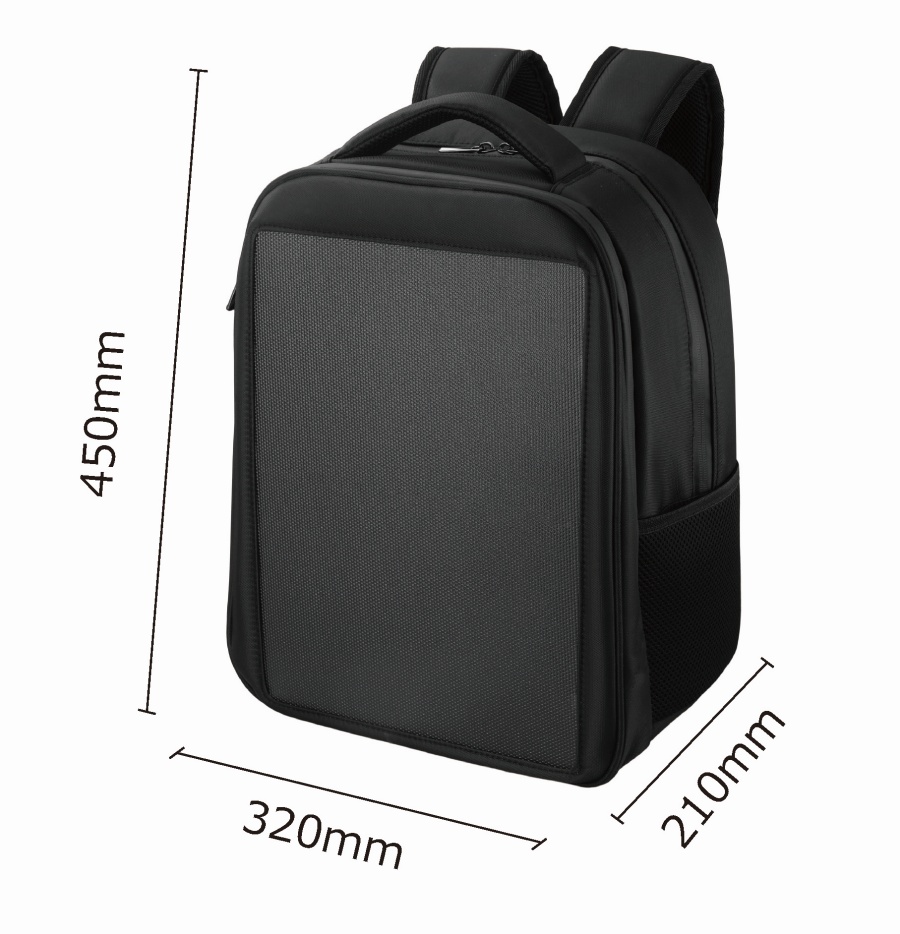Design Wholesale 50w Solar Blanket Manufacturing Exporter
The 50W Solar Blanket, a cutting-edge innovation in the field of renewable energy, has garnered significant attention for its potential to change the way we harness solar power. As a device designed to capture and convert solar energy into heat, its thermal efficiency is a pivotal aspect that determines its effectiveness and applicability in various settings. This article aims to provide an in-depth analysis of the thermal efficiency of the 50W Solar Blanket, exploring its performance in different scenarios and the factors that influence its heat conversion capabilities.
Thermal efficiency, in the context of the 50W Solar Blanket, refers to the ratio of the useful heat output to the total solar energy input. A blanket with high thermal efficiency is capable of converting a larger portion of the absorbed solar energy into heat, making it an ideal choice for applications where energy conservation is paramount.
One of the primary factors affecting the thermal efficiency of the 50W Solar Blanket is the quality of the materials used in its construction. High-quality, durable materials with good heat retention properties can significantly enhance the blanket's ability to trap and retain heat. Additionally, the use of advanced solar cells that are capable of absorbing a wide spectrum of sunlight can further improve the blanket's efficiency.
The orientation and positioning of the 50W Solar Blanket also play a crucial role in determining its thermal efficiency. Ideally, the blanket should be positioned in a location that receives sunlight exposure throughout the day. This ensures that the solar cells are consistently charged, thereby optimizing the heat generation process. Moreover, the angle at which the blanket is positioned can also impact its efficiency, with a south-facing orientation in the Northern Hemisphere and a north-facing orientation in the Southern Hemisphere generally yielding suitable results.
Environmental factors, such as temperature, humidity, and cloud cover, can also influence the thermal efficiency of the 50W Solar Blanket. In colder climates, the blanket may need to work harder to generate heat, potentially reducing its efficiency. However, the use of insulating materials and proper installation techniques can help mitigate these effects and maintain suitable performance.
The design and layout of the 50W Solar Blanket are also critical in determining its thermal efficiency. A well-designed blanket will have a balanced distribution of solar cells and heat transfer materials, ensuring that the heat generated is evenly distributed and efficiently utilized. Furthermore, the use of advanced heat transfer technologies, such as thermoelectric modules or heat pipes, can further enhance the blanket's efficiency by facilitating the rapid transfer of heat to the desired location.
The maintenance and upkeep of the 50W Solar Blanket are also essential in ensuring its long-term thermal efficiency. Regular cleaning of the solar cells to remove dust, dirt, and debris can help maintain their ability to absorb sunlight effectively. Additionally, periodic inspections and repairs can help identify and address any issues that may be affecting the blanket's performance.
In conclusion, the thermal efficiency of the 50W Solar Blanket is a multifaceted attribute that is influenced by a variety of factors, including the quality of materials, design, environmental conditions, and maintenance practices. By understanding and optimizing these factors, users can improve the efficiency of their 50W Solar Blankets, ensuring that they can harness solar energy effectively and contribute to a more sustainable future.



 English
English 中文简体
中文简体 Français
Français Español
Español Deutsch
Deutsch
















